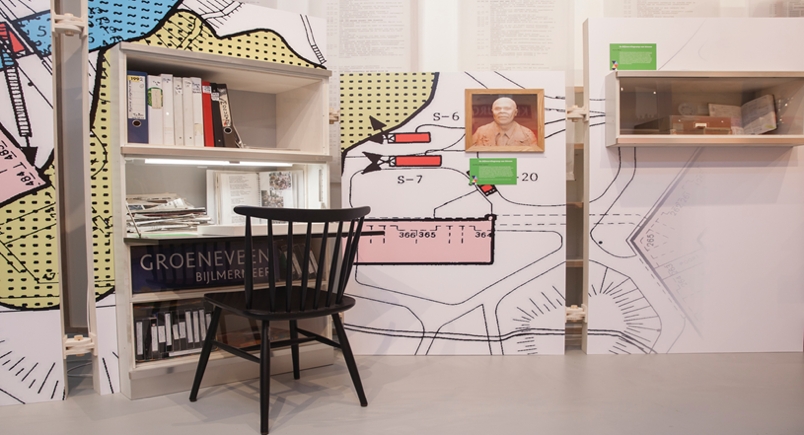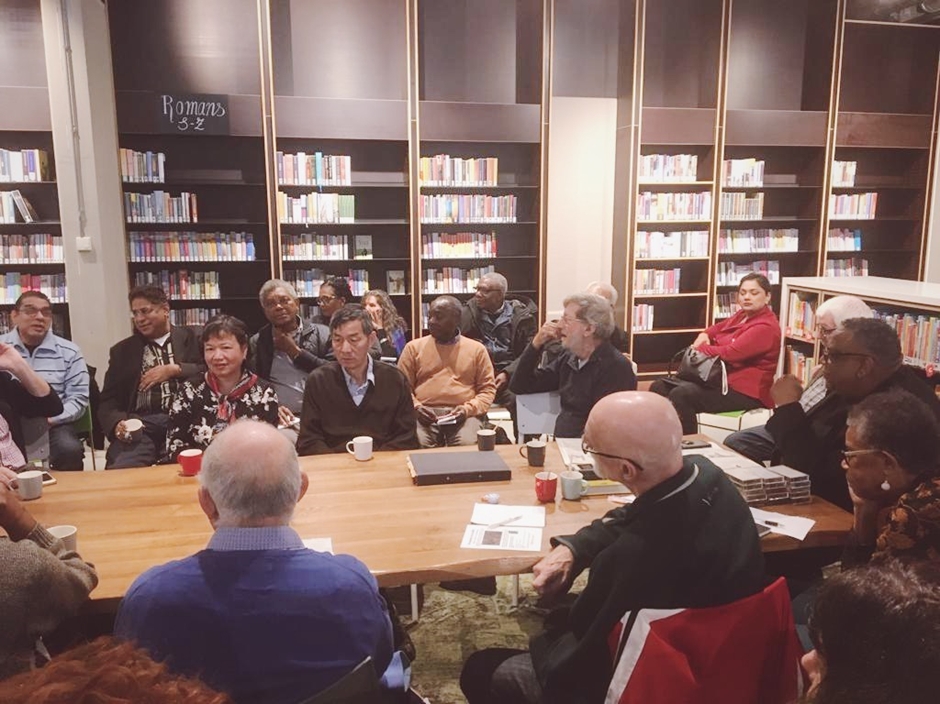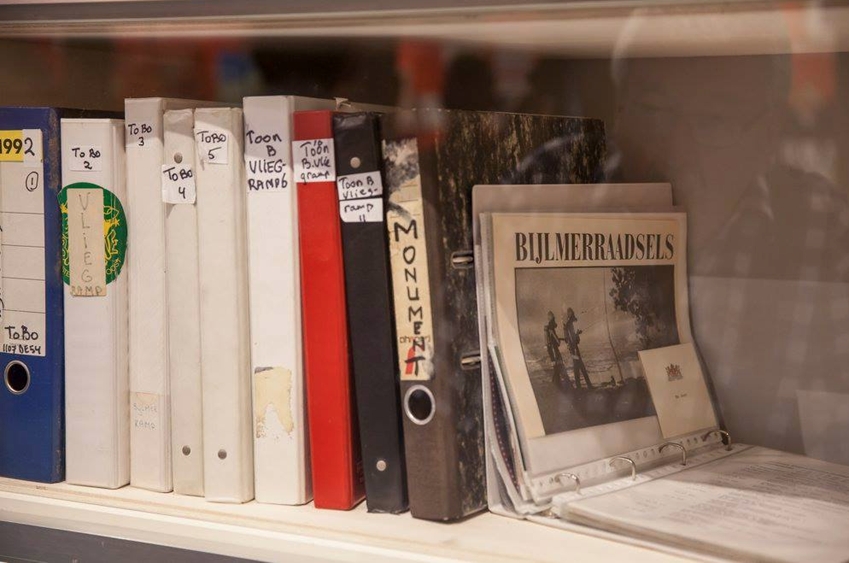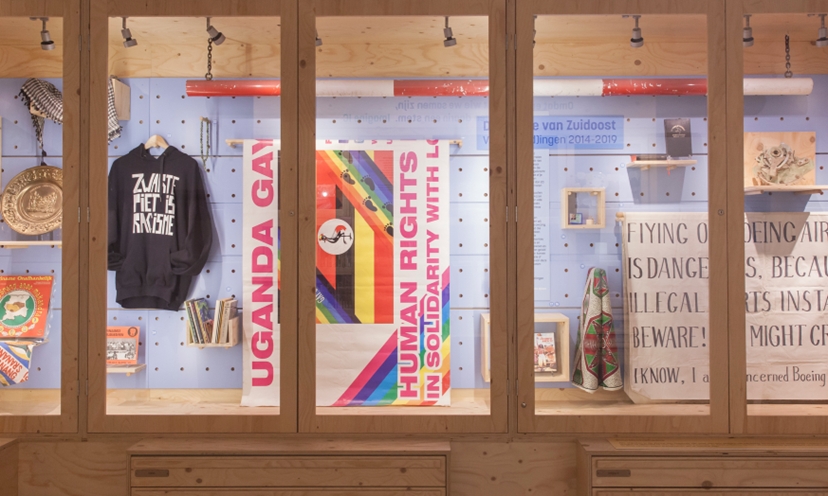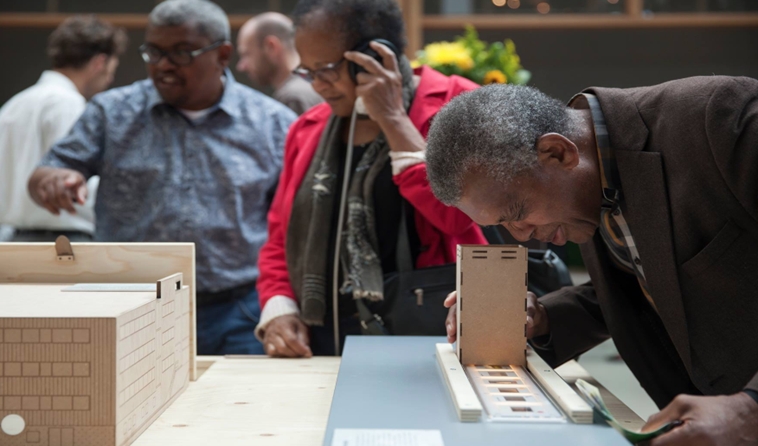Exhibition Curation Guidelines
A step-by-step approach to implementing participatory heritage making, grounded in the experience of Imagine IC.
Find a local, physical space that will host the exhibition and the item(s) that are collected there which allow for the co-curation of a theme. This may be for example, the site of your Fab City Hub. The exhibition will be relatively small, as it is just one main topic that is explored through a few different co-collected and co-curated items.
The ideas for themes come from the neighbourhood. In the past the staff from Imagine IC came up with themes themselves, but those would often be unsuccessful as it proved problematic to engage the participants in something they are not interested in.
Therefore, if your local FCH begins this process in a neighbourhood to which the team is still relatively new, deciding on a topic could be done in two ways:
Do a small neighbourhood survey to find out what people in the area find interesting, or urgent to talk about? Are you able to connect these to topics of interest for your FCH and/or the site itself?
Or:
Consider what would be interesting for your FCH to explore? Then find out what is urgent for the people from the network to address with regards to this topic. By linking it back to the network, your FCH team can create its first support base for participants to engage with them on the topic.
Consider the wider network of relevant co-contributors. Who does your FCH core team collectively know who may be able to contribute to the exhibition? Who else might they, in turn, know? The FCH core team can begin to make contact with these people, bringing them together (ideally in a physical space) to discuss their input, and explaining that they can help to co-collect and co-curate the materials for a small exhibition.
Organise roundtable gatherings, bringing the network of co-creators in the making together. This way co-creators also get introduced to each other and your FCH is able to create a small community of interest. Your local FCH, in turn, can use these gatherings to unleash more/new stories, as people are reacting to one another through the conditions of these social settings.
Begin to co-collect the materials for the exhibition, creating an inventory, taking care to consider:
How do the co-creators want to be engaged?
What or who is necessary to represent in the case of the exhibition? How might people want to be represented?
Materials: can include archives, personal/canonical/oral/written stories, audio, images, text, icons, objects, discourse, and other items that might not comfortably fit into these categories but nonetheless are relevant
Design a first edition of the exhibition, using the inventory of materials. Based on the collected materials see what organic narratives flow from it. Try to communicate a clear story but do not manipulate the narrative to what you feel is most relevant. Your FCH team allows the network to tell their story, and, from this, your FCH team can tell its story as well. For instance, Imagine IC always write as a team the introduction text, how the process of co-collecting was approached, which questions they tried to pose and on how the network created from there presented diverse narrations. The label texts to accompany the items are created by the storytellers themselves.
Re-connect with your network of co-contributors, having them question and reflect upon the first edition of the exhibition that has been created. Likewise, your FCH team then has additional, new people view the first edition of the exhibition, and gathers feedback from them. Your FCH team then uses the feedback and newly-identified items and perspectives from this network to co-curate a second and final edition of the exhibition.
Open the second edition of the exhibition to public viewing, including the possibility for further generation of items, perspectives, and narratives for the exhibition.
Move to collating stories, themes and reflections about and from the materials in the exhibition to be shared at the global level, online in a form familiar to your FCH team and/or by adding the content to the CENTRINNO Living Archive online.
Last updated
